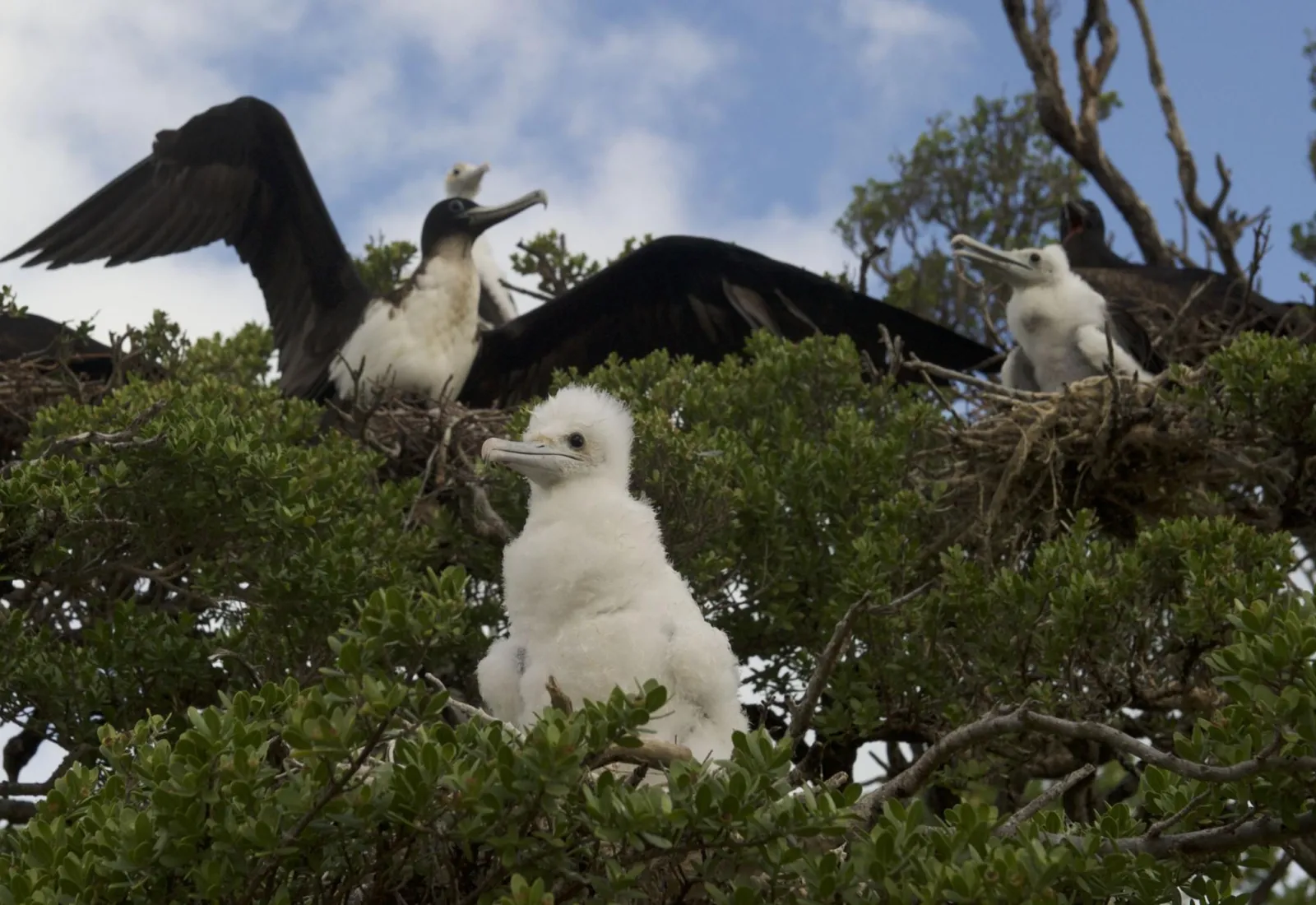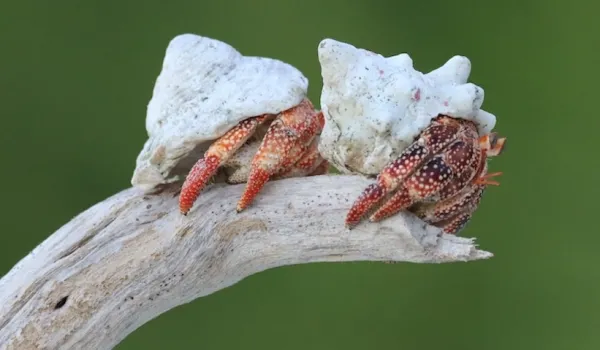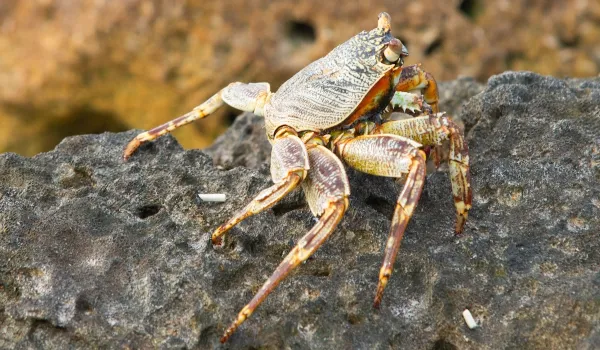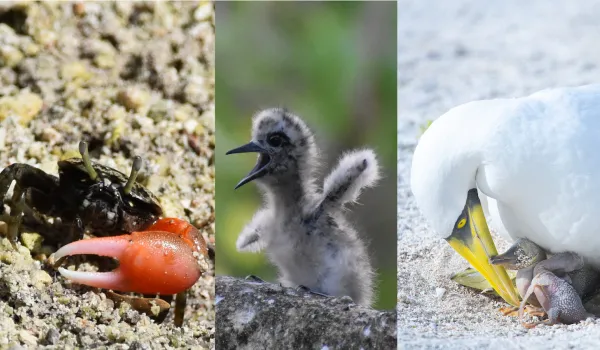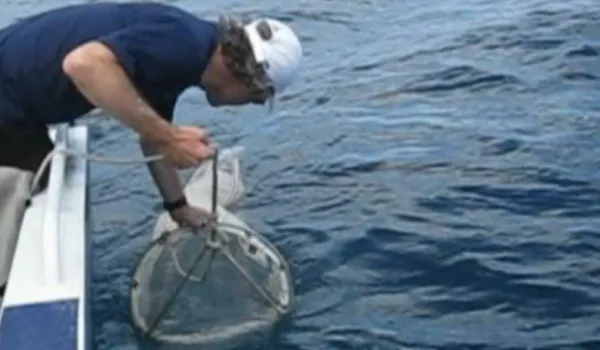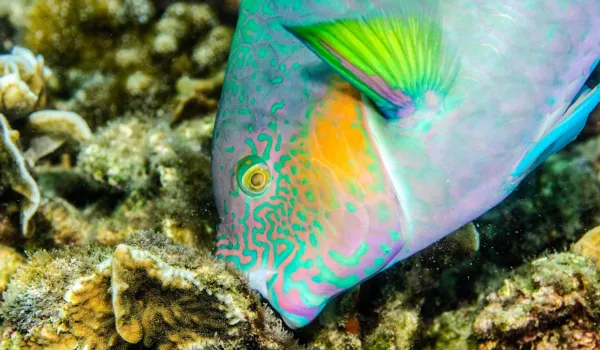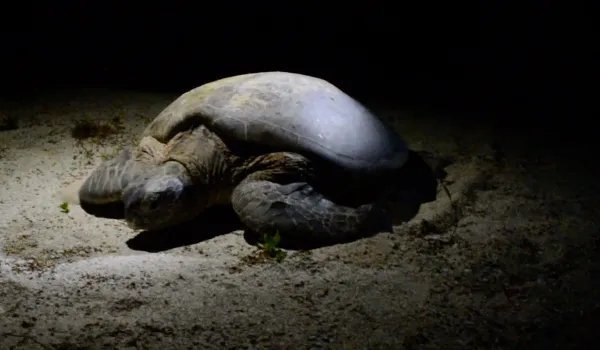Frigates are fascinating.
Queens of the sky, they can reach wingspans of up to two meters and have the extraordinary ability to stay in flight for days—or even more than two months—without ever landing. To do this, frigatebirds also need to rest. They do so in flight by sleeping with one hemisphere of their brain at a time (just like dolphins). Riding upward air currents, they glide effortlessly and even sleep while flying!
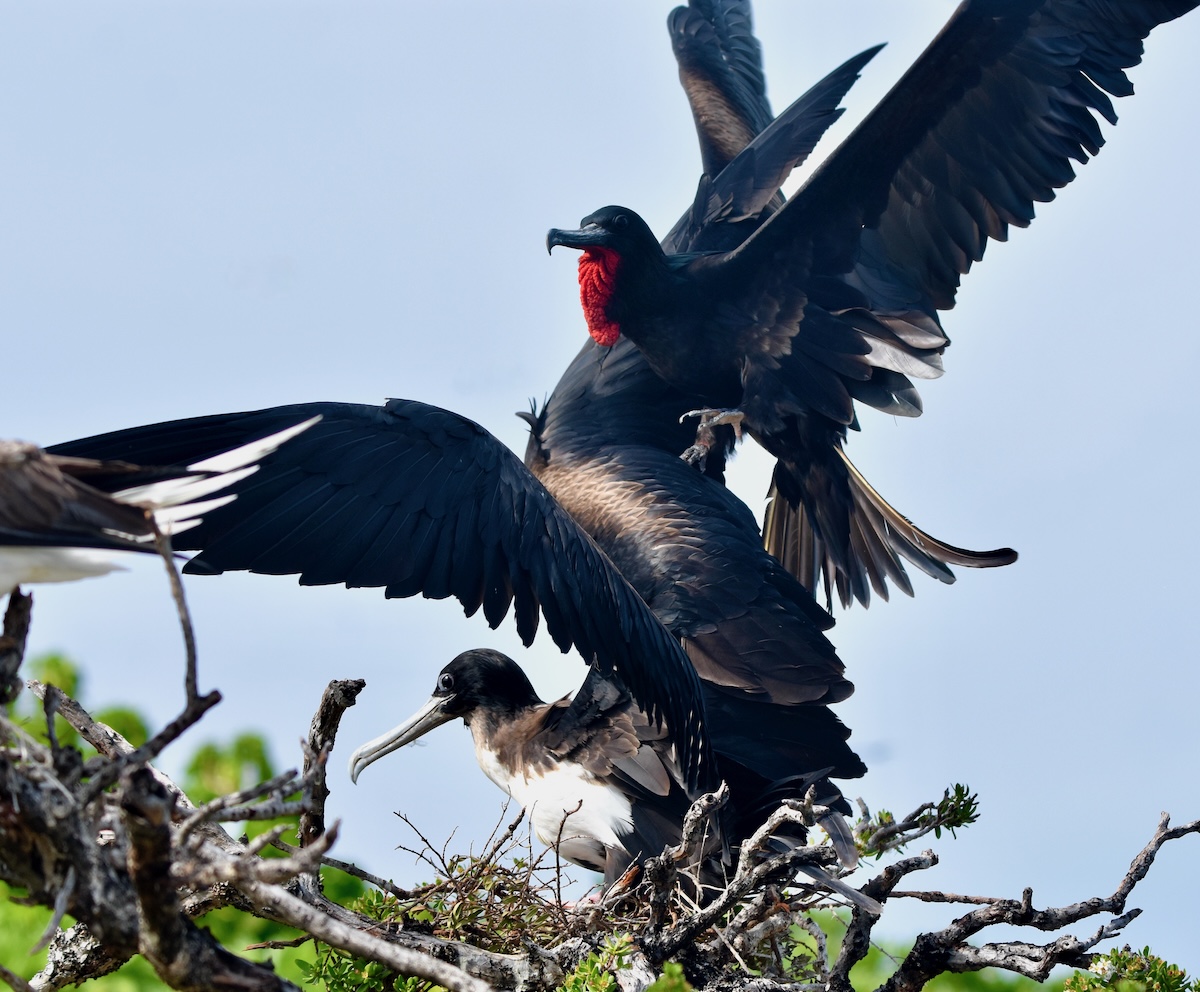
Frigate pair
In Tahitian, they are called Ōtaha, and here at Tetiaroa, we regularly spot two species: the Great Frigate (Fregata minor), the largest seabird in Polynesia, and the smaller, more agile Lesser Frigatebird (Fregata ariel), sometimes nicknamed “the acrobat of the sky.”
How to tell them apart on Tetiaroa:
Great Frigate: Females have a broad white patch on the neck and chest, while males are entirely black. We can mainly find them on Motu Hira'anae.
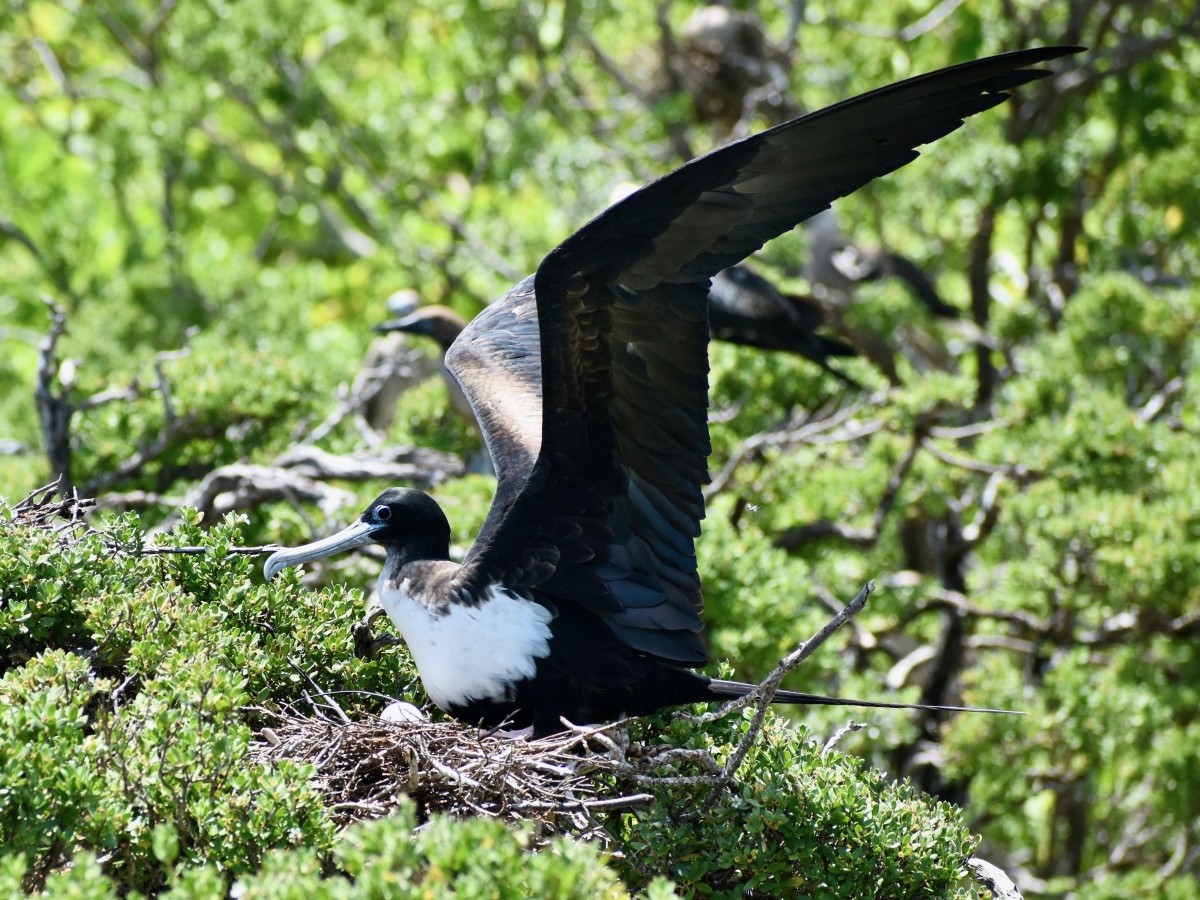
Female great frigatebird / Fregata minor
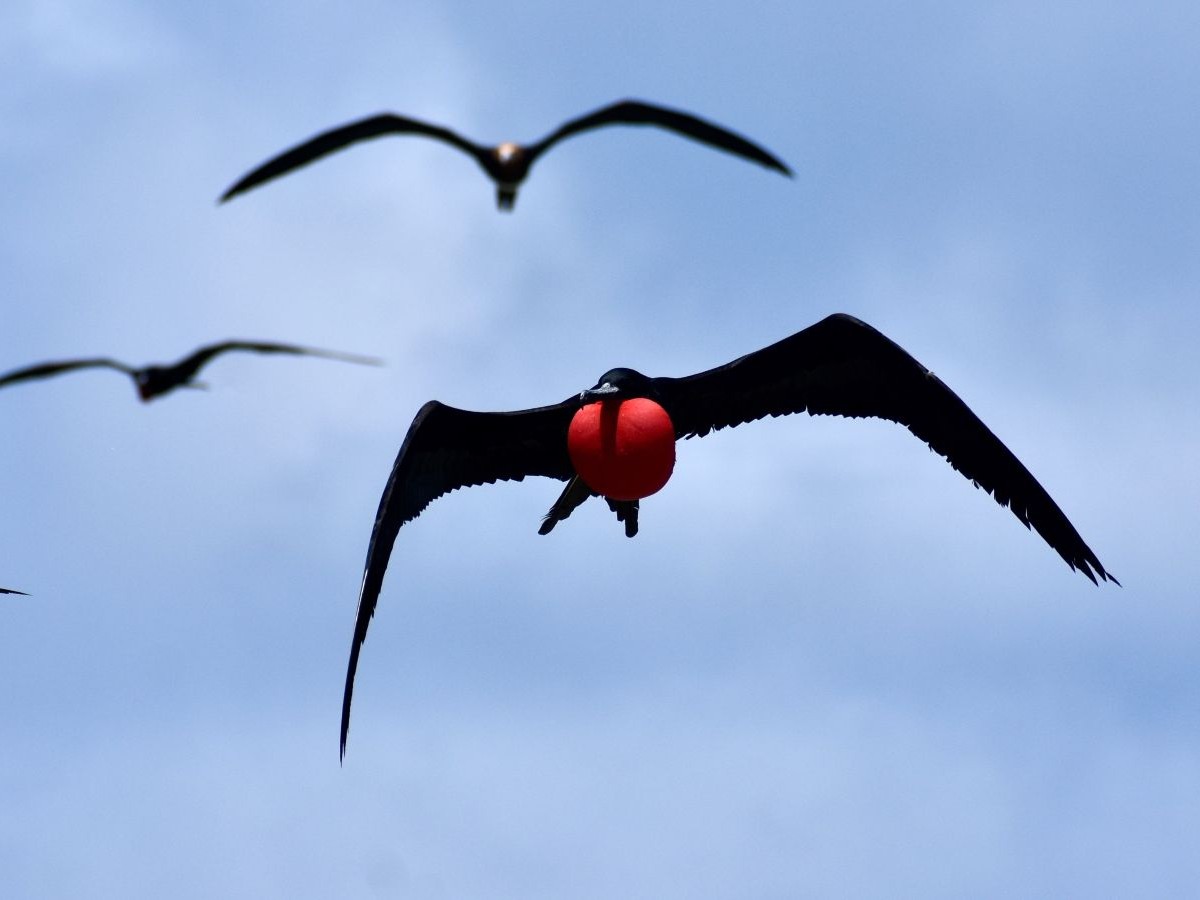
Male great frigatebird / Fregata minor
Lesser frigate: Females show a circular white patch on the belly, and males display two symmetrical white patches under the wings. They are mainly found on Motu Tauvini.
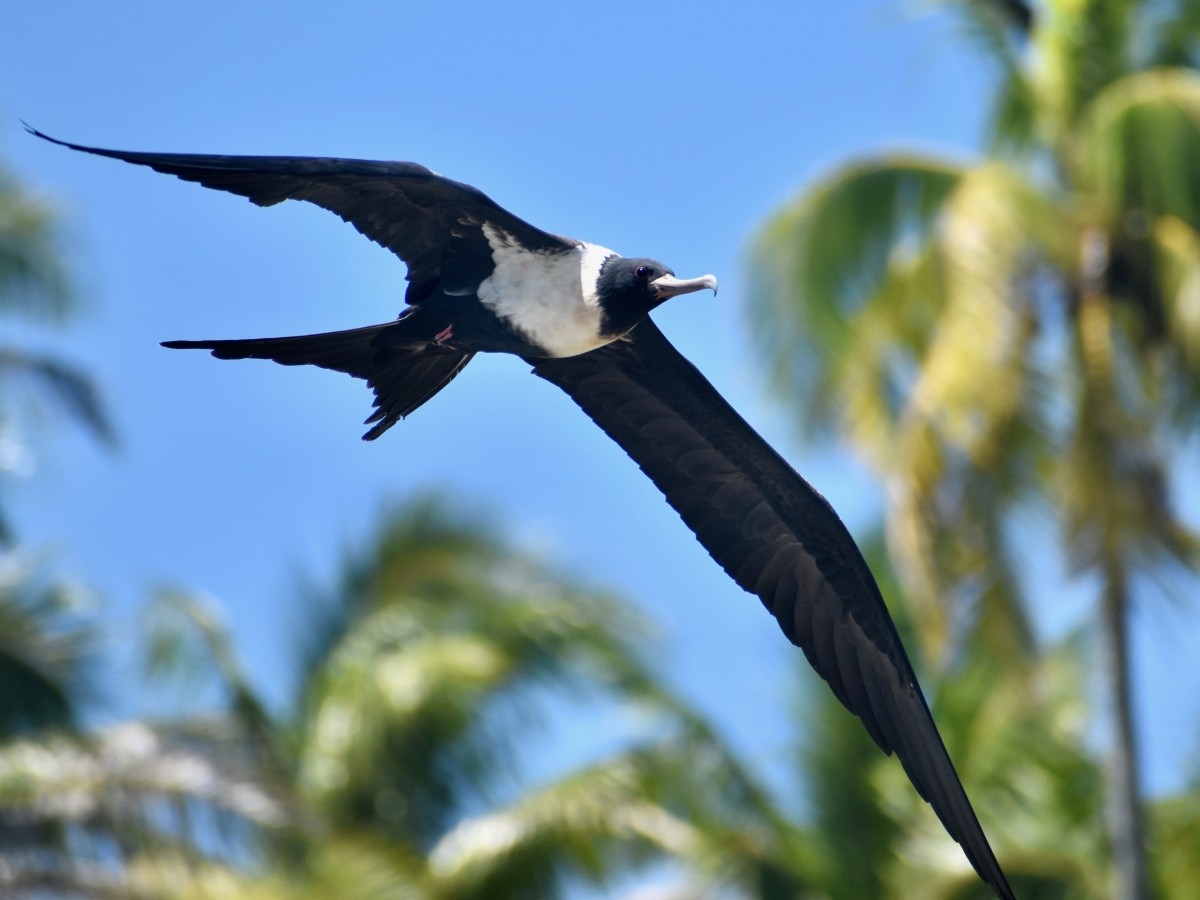
Female lesser frigatebird / Fregata ariel
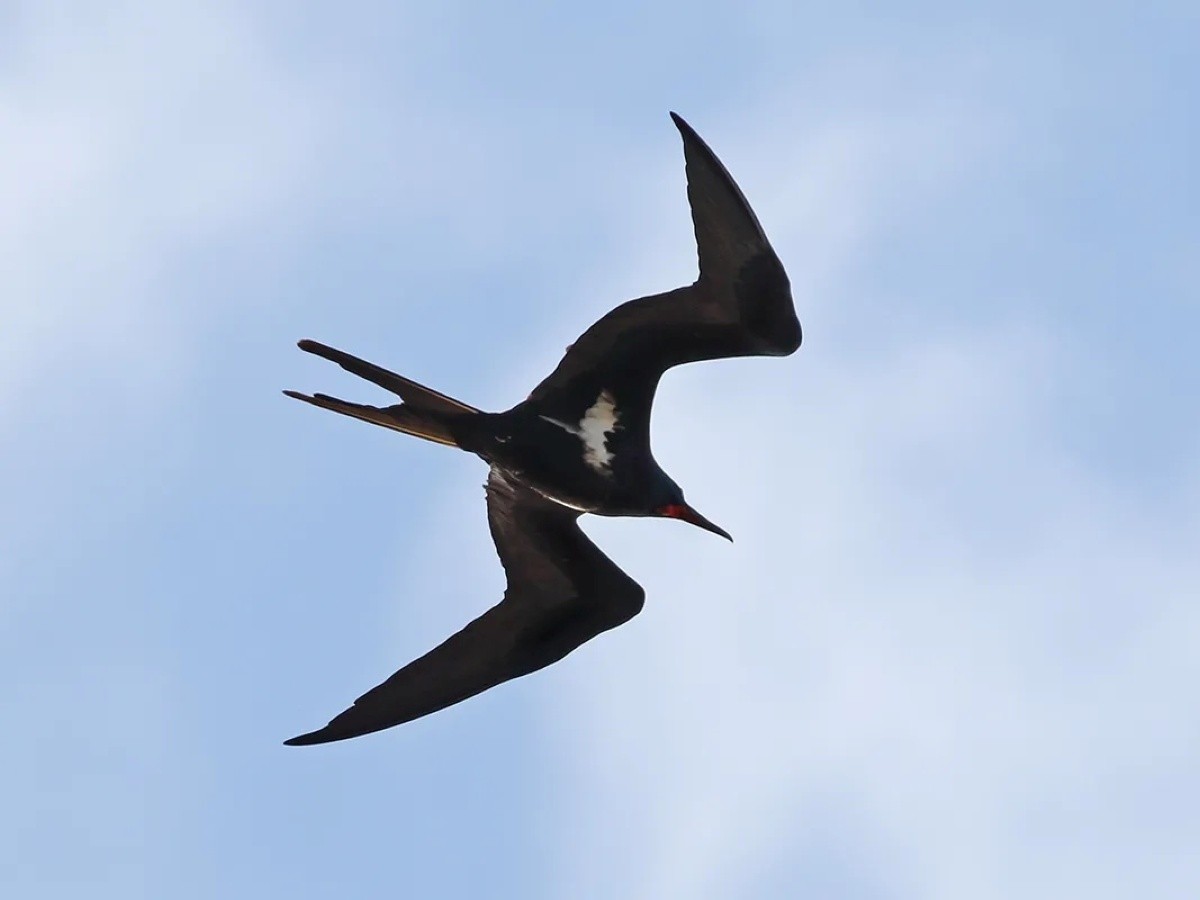
Male lesser frigatebird / Fregata ariel
Like all frigates, males have a bright red throat pouch, which they inflate during the breeding season to attract females. Juveniles are recognizable by their reddish-brown heads—a stunning display that can last up to 20 minutes.
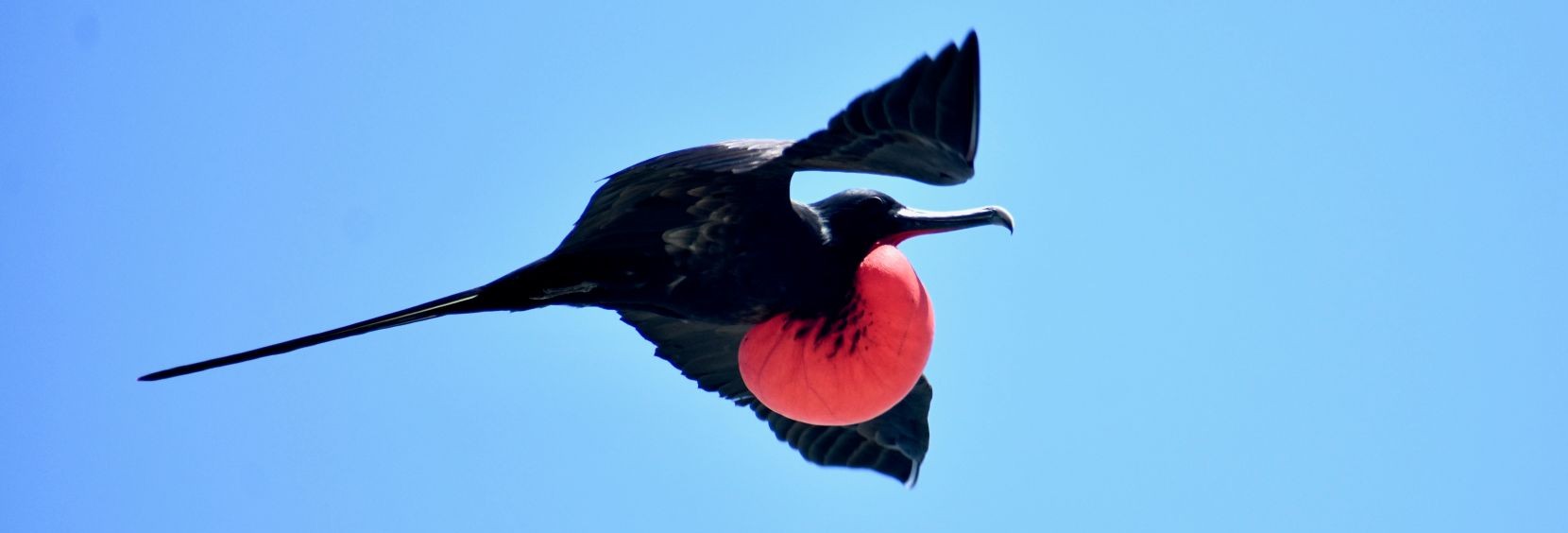
A seabird that fears the water?
With long, pointed wings, a forked tail, and a long beak, frigates are perfectly adapted for flight. But despite their mastery of the air, they are clumsy on land and on water. Surprisingly, their feathers are not waterproof, forcing them to snatch squid and small fish from the water’s surface. Landing on water is risky, and taking off from the ground is awkward, so they prefer to nest in trees.
Juvenile frigates
Sometimes, they practice kleptoparasitism, harassing other birds to steal their catch—earning them the nickname “sky pirates.” Juveniles spend over a year learning this complex technique under parental guidance.
In Polynesian culture, frigates are sacred birds, messengers of the god Oro, deity of war and peace. Watching them soar above the lagoon connects us to navigators, storytellers, and fishers who have observed these same birds for centuries.
The presence of frigates is a very positive sign: it shows that the atoll’s ecosystem is healthy and well-protected enough to support these sensitive birds. Tahitian fishermen know that frigatebirds on the high seas are a sign of the presence of large predators such as big tuna or marlin.
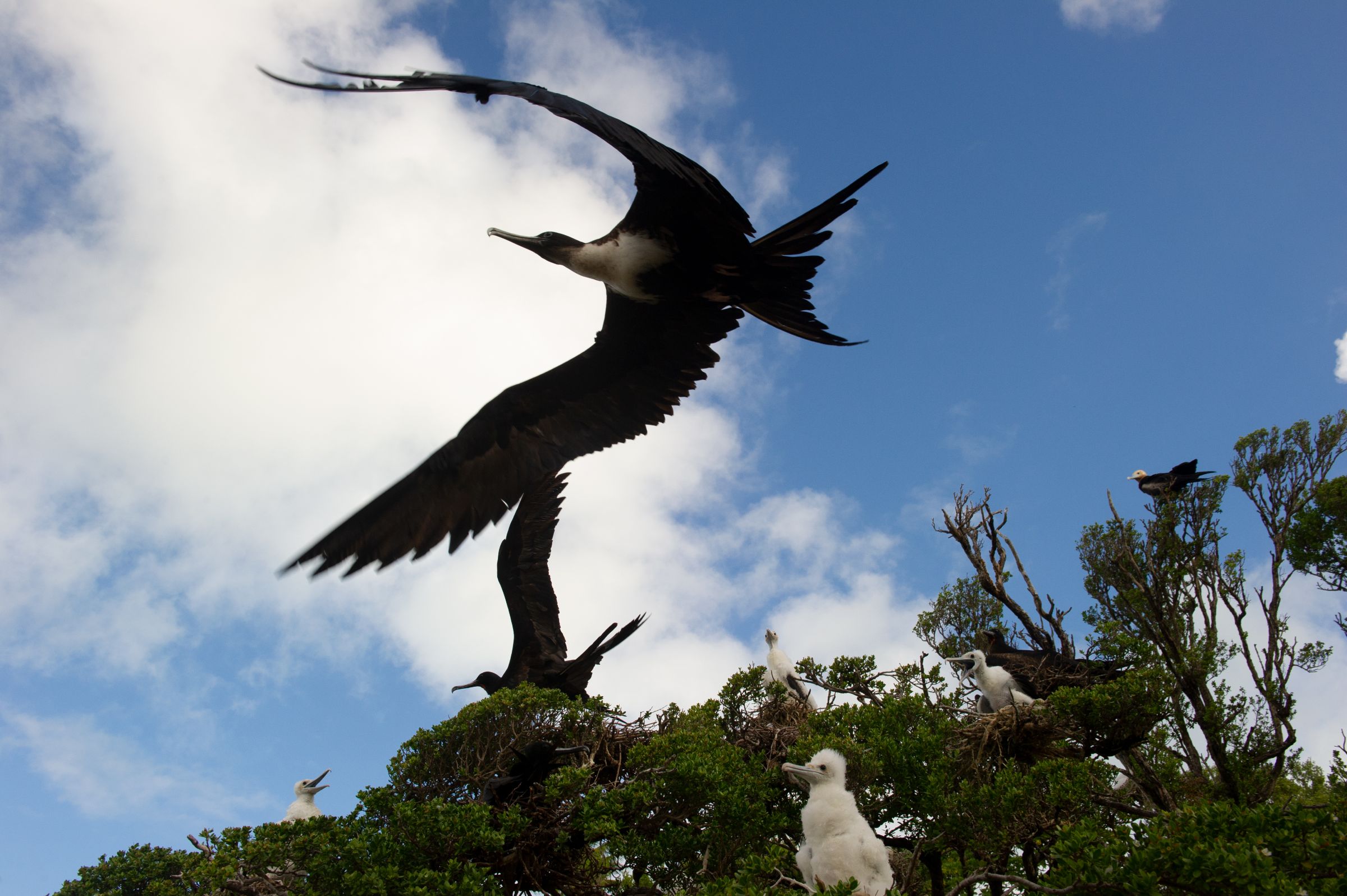
The more we watch them, the more questions arise—and perhaps that’s what matters most. For now, let’s keep looking up to the sky.


